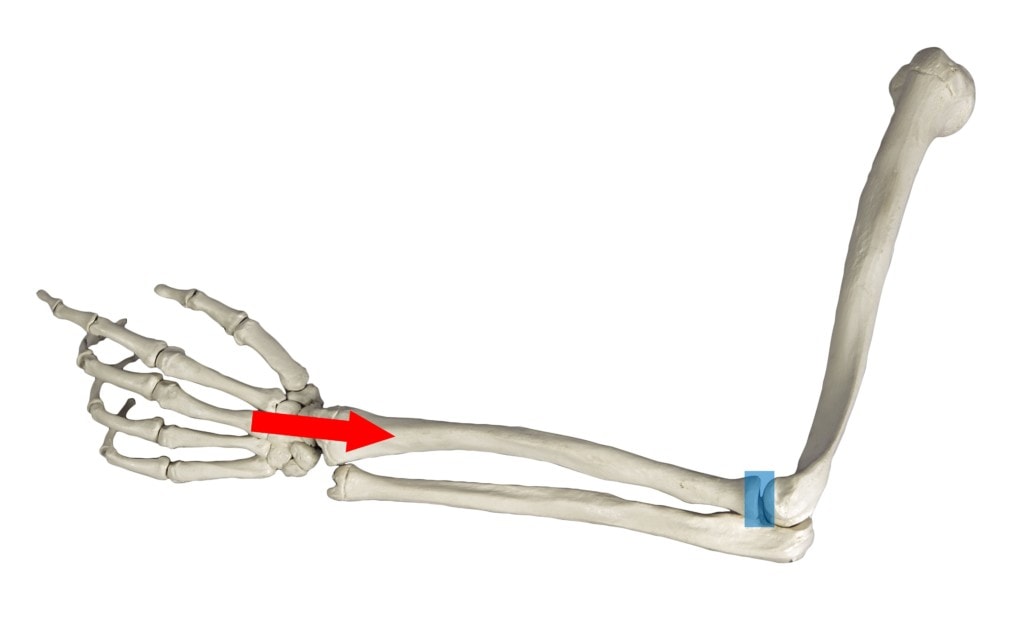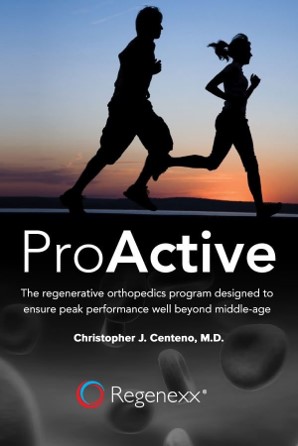My Elbow and Getting on Top of Early Arthritis
Several years ago I had a really bad fall onto my right wrist. Now my elbow hurts. Let’s learn why that is and how that intersects with staying on top of injuries and knowing when to have us intervene. Let’s dig in.
My Elbow Story
I’d love to tell you that I was screaming down a double black diamond at a Colorado resort and went down hard while trying to dodge a great big Moghul. Or maybe that while out hunting big game I was charged by a rhino and while I got my shot off and stopped it, I was thrown onto my outstretched arm. Nope. I was going to a convenience store first thing in the morning and those new-fangled push ties on my sneakers got caught and I was suddenly unable to walk and fell on my outstretched right hand and wrist. While honesty is the best policy, sometimes it’s embarrassing.
My Wrist
My elbow didn’t really hurt much at that point. At first, it was my wrist, which felt like someone took a hammer to it for weeks. I ultimately diagnosed myself with a TFCC tear and ligament injury. The good news is that PRP injections into the TFCC and wrist ligaments using precise ultrasound guidance took care of that issue. It’s not perfect, but it’s “good enough” to lift weights and do what I want.
However, the wrist bone is, as they say, connected to the elbow bone. So just a few months later I started to notice vague pain in the back of my right elbow. So how did one impact the other?

The radius bone is denoted by the red arrow. The radiohumeral joint connects into the humerus bone at the radio-humeral joint which has cartilage, like any other joint. It’s also surrounded by a ligament, called the radial annular. So when I fell on my wrist, the force traveled up to the elbow and impacted the cartilage in that joint, and likely damaged the ligament.
Knowing When It’s Time to Get Treated
Many years ago I wrote a book that helps you understand how to stay ahead of the aging body curve (click on the image to read the book):
Understanding when you need to ask for help is a key part of this ProActive approach. For me, I knew this elbow could be an issue, so I got the radial-annular ligament and joint treated early on. However, now I find that activities like sailing or a big workout will make my right elbow ache. Because of what happened, that’s likely early arthritis, meaning it’s time to pull the trigger on more treatment.
So what are the things that should concern you? First, I’m talking about chronic issues and not acute injury. Here’s a list:
- Joint pain or swelling after a work-out
- Needing Tylenol or an NSAID like Motrin to be able to exercise
- Cracking or popping in a joint while working out
- Numbness, tingling, or nerve pain with activity
- Limited range of motion after activity
While there are other things as well, if you use these five things as a guide for when it’s time to see your Regenexx doctor, you generally can’t go wrong!
Having a Higher index of Suspicion
Here’s another one. Because I fell and injured my wrist and because shortly thereafter I had elbow pain, that’s an area I’m watching now. Meaning, tying those two events together – the injury and the after the appearance of pain at that site is critical. Hence, that adds to the idea that it’s time to get in for treatment.
The upshot? Trashing my wrist and elbow has reminded me of a few things. Like how an injury can take on a life of its own. Now you also know what you should be looking for!

NOTE: This blog post provides general information to help the reader better understand regenerative medicine, musculoskeletal health, and related subjects. All content provided in this blog, website, or any linked materials, including text, graphics, images, patient profiles, outcomes, and information, are not intended and should not be considered or used as a substitute for medical advice, diagnosis, or treatment. Please always consult with a professional and certified healthcare provider to discuss if a treatment is right for you.

